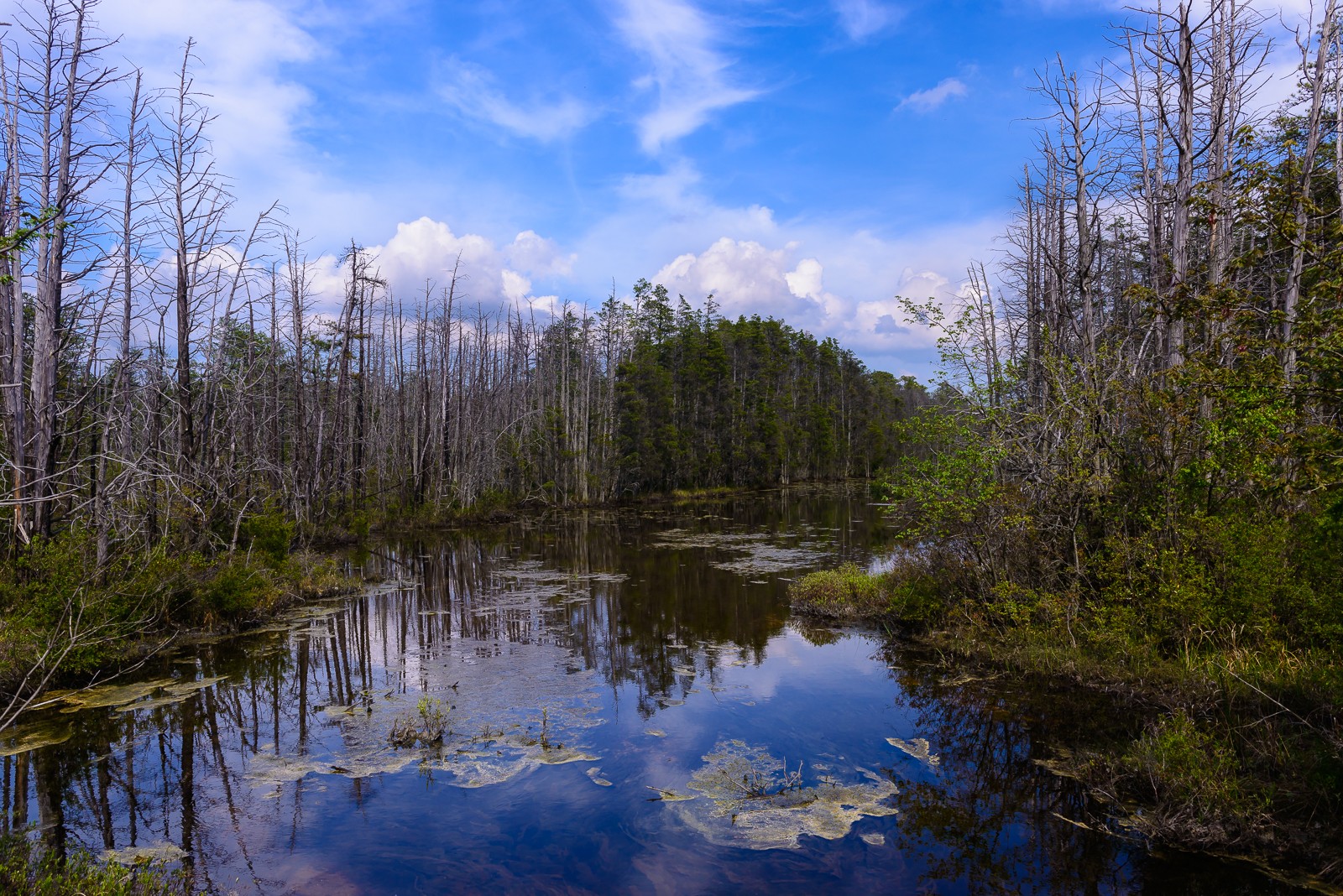 Photo credit: www.louisdallaraphotography.com
Photo credit: www.louisdallaraphotography.com
History of the area
Zebulon Webb established a sawmill and village nearby in 1774. A tar kiln was later built; however, both were in ruins by 1839. Today the forest has reclaimed this industrial complex and it is now part of the 16,333 acre Greenwood Forest/Pasadena tract. Remnants of the old charcoal pit, the dam, mill pond, and sand roads are still visible to the careful observer.
Currently, New Jersey Division of Fish, Game, and Wildlife oversees the Greenwood Forest Management Area that includes Webb's Mill.
Webb's Mill
The State had invested in this area by constructing a boardwalk through the area, so visitors can view and photograph the abundant plantlife without walking through it, thereby preventing any accidental damage. Webb's Mill is a haven for botanists, who travel from far and wide to see rare plants such as bog asphodel and pale beaksedge, a variety of orchids, carnivorous plants, curly grass ferns, sundews, and pitcher plants, to name a few. The area is part of a cedar swamp that had been cleared and is in the process of regeneration.
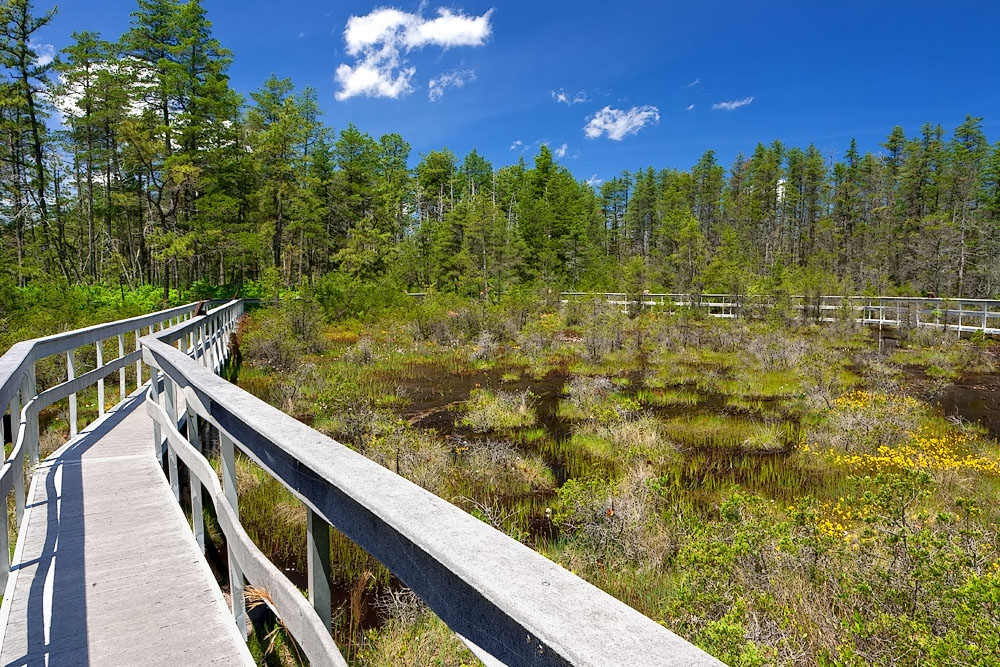 Photo credit: JFlowers
Photo credit: JFlowers
Bog or a Fen?
Part of your mission will be to decide if this location is a Bog or a Fen.
Bogs are characterized by a large accumulation (>40 cm) of peat and have a relatively high water table with little inflow or outflow of water (or none at all). While other types of wetlands are very nutrient-rich, bogs are clearly defined by their lack of nutrients and their relative inability to support large plant life. A bog is formed when plant matter decays in a lake and fills it. Many bogs develop in the depressions created by the melting of the ice during a glacial retreat. Other bogs have formed in sloughs and low depressions where there is limited or no drainage. Most of the plant life around a bog is along the lines of fungi, mosses, and small shrubs.
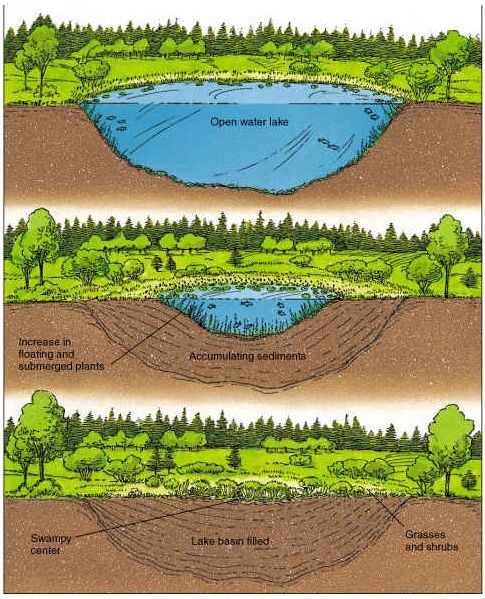
Fens are very similar to bogs, and can contain much of the same decaying plant matter and peat. The biggest difference is how they are formed. Fens are created by a water table that is very close to the surface and keeps the ground saturated. They tend to have a higher nutrient content than bogs and can support a wider variety of plant life. These systems are often covered by grasses, sedges, rushes, and wildflowers.
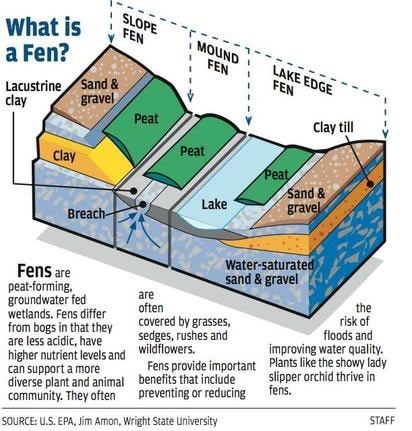
Logging a find!
1. Based on the descriptions above and what you observed at the site, do you think this location is a bog or a fen? Why?
2. Look and explore the soil/organic matter in the water (without leaving the comfort of the boardwalk). Describe the texture and make up of it. Does it contain sand, gravel, etc.?
3. How do you think this bog/fen was formed? Man-made, glacial movement, etc.?
4. Of course, photos would be the best evidence, but are completely optional.
Parking is right off the road, and the trail in is pretty straightforward (trailhead coordinates provided below).
Permission has been granted by the NJ Department of Fish, Game & Wildlife to have this Earthcache at this location.
Enjoy!
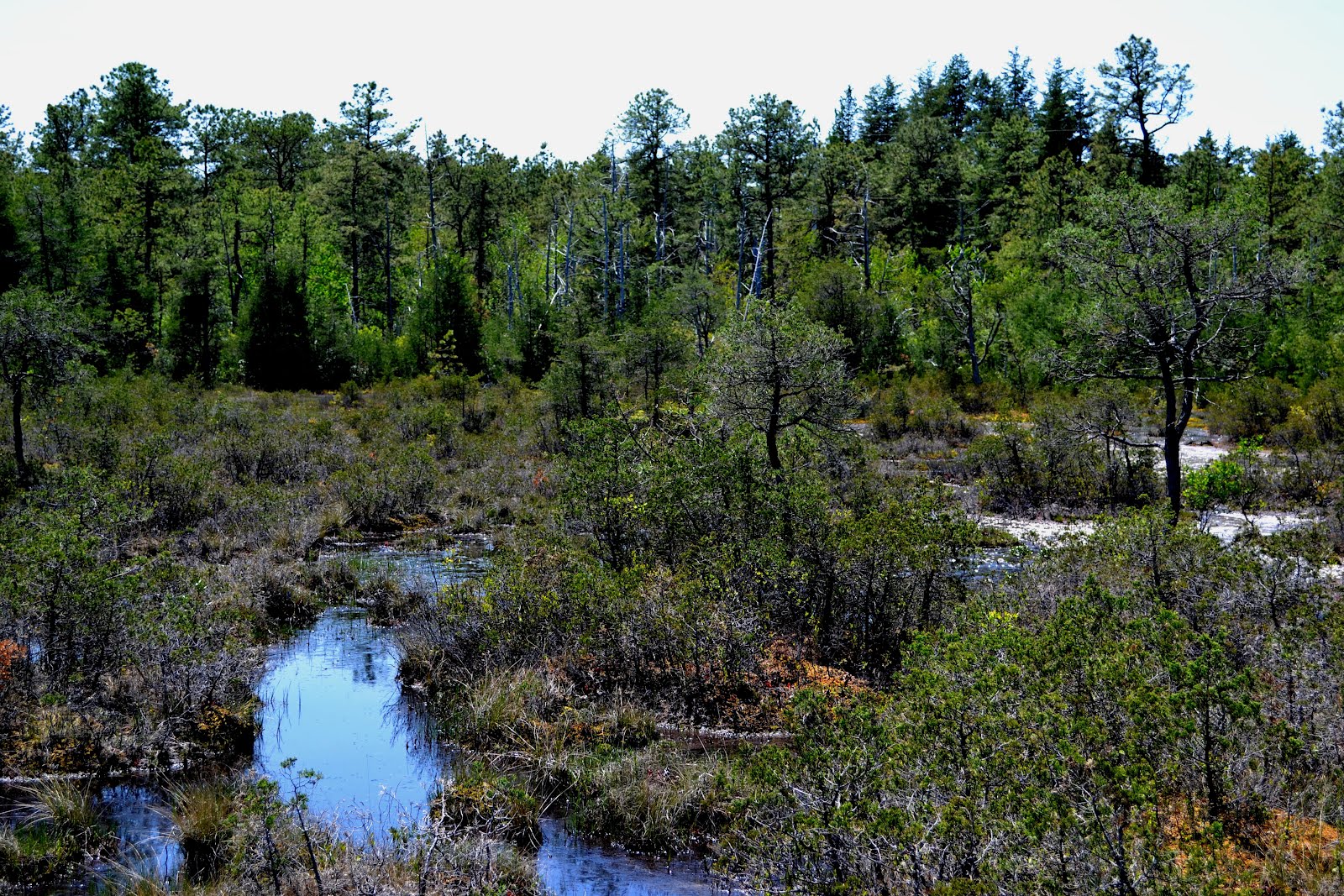 Photo credit: P.Dorosh
Photo credit: P.Dorosh